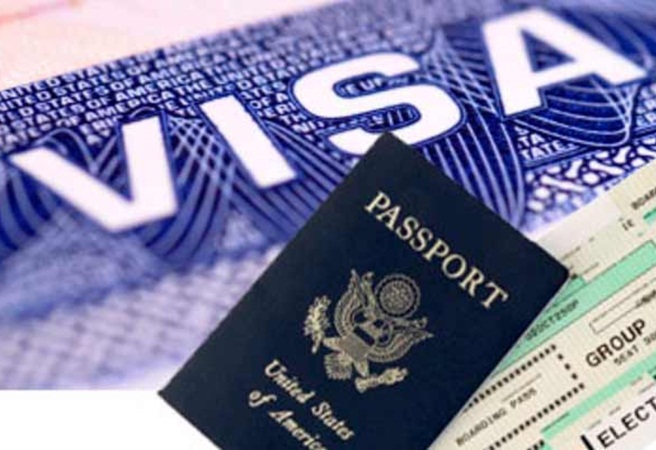
The U.S. Citizenship and Immigration Services (USCIS) has introduced groundbreaking policy changes that directly impact international students in the United States on F visas. In a historic shift, F-1 visa students are now eligible to apply for immigrant visas under the Employment-Based (EB) category, marking a pivotal change in immigration regulations.
This update signifies a transformative opportunity for F-1 visa holders, allowing them to seek permanent labor certification applications or immigrant visa petitions while demonstrating their intent to depart after a temporary period of stay. The recent USCIS release document emphasizes this significant policy modification, shedding light on the updated procedures and criteria for employment authorization, status changes, extensions, and reinstatements for these students and their dependents within the U.S.
Moreover, the policy revision extends the horizons for graduates with STEM degrees, encompassing science, technology, engineering, and mathematics fields. These qualified individuals can now leverage their 36-month Optional Practical Training (OPT) to engage in employment at early-stage startups. However, this opportunity comes with certain prerequisites: the startup must comply with training plan requirements, maintain good standing with E-Verify, and offer compensation aligned with that of comparable U.S. workers.
Highlighting the distinction between F-1 and M-1 visa students, the former category caters to those pursuing academic studies at accredited institutions, spanning colleges, universities, seminaries, and more. On the other hand, M-1 visa holders engage in vocational or non-academic studies, excluding language training programs. While both visa categories offer educational opportunities, M-1 students face more stringent constraints regarding employment during their stay in the United States.
This comprehensive policy overhaul reflects the USCIS’s efforts to expand avenues for international students and enhance their prospects for continued academic growth and professional development within the U.S.
Sources By Agencies


